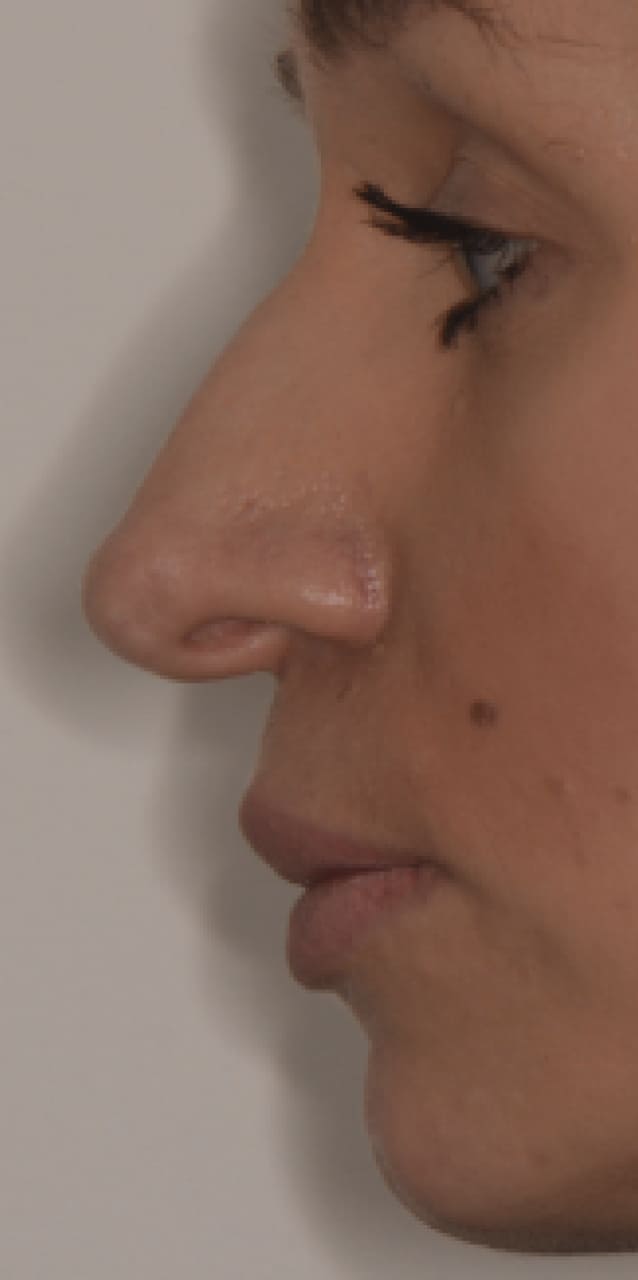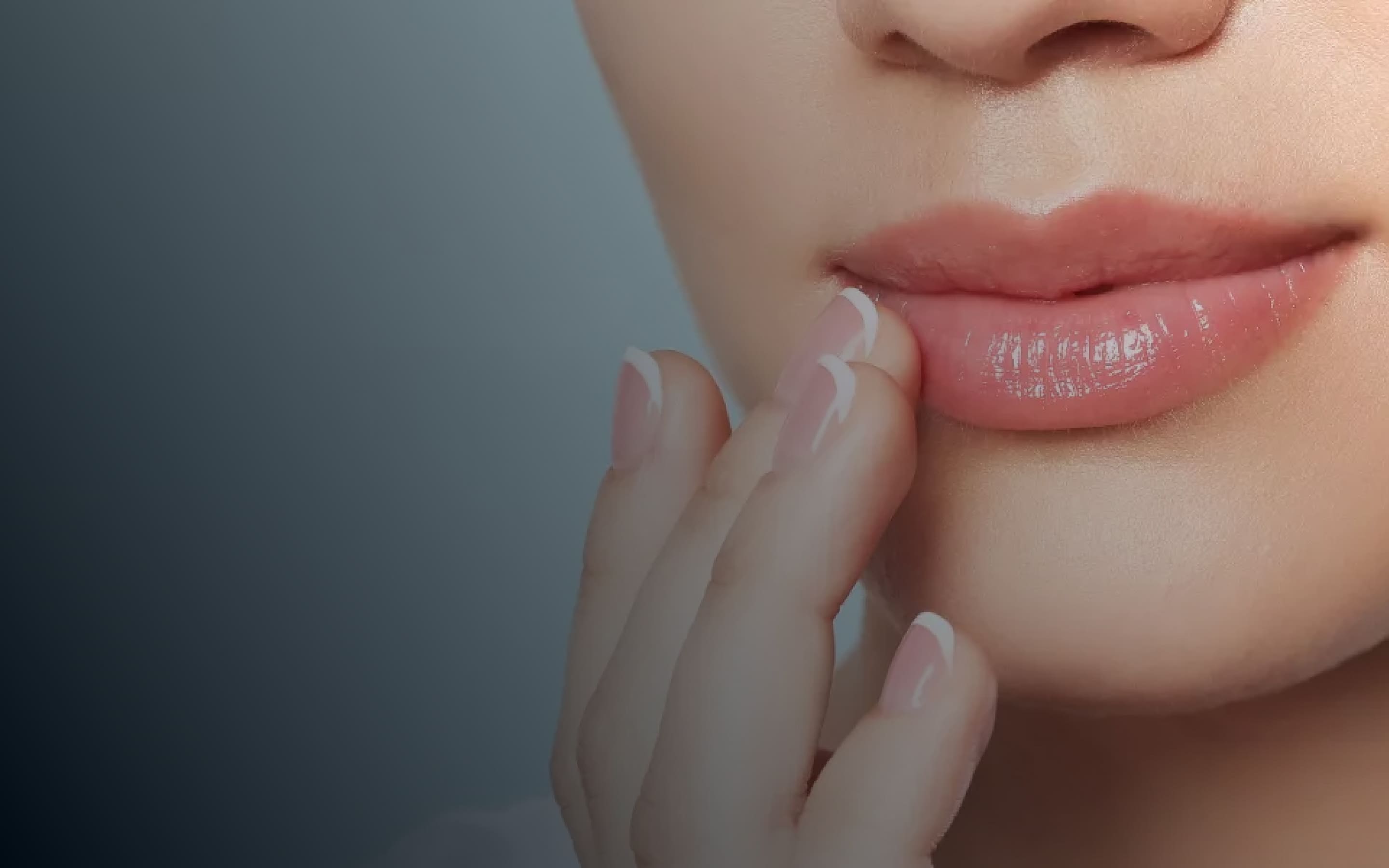Cheiloplasty
What is it?
Cheiloplasty is a surgical procedure aimed at correcting the shape, size, or volume of the lips.
It can be performed for both aesthetic purposes and to address functional or medical issues (e.g., after injuries or congenital defects such as cleft lip).


What are the indications for lip surgery?
Lip asymmetry: congenital or acquired uneven size or shape of the upper and lower lips.
Insufficient lip volume: the desire to increase or correct the volume of the lips to achieve a more harmonious appearance.
Undefined contour: correction of a blurred or uneven lip line.
Excessively large lips: the desire to reduce lip size for a proportional appearance.
Wrinkles around the lips: eliminating wrinkles for a rejuvenated appearance.
Congenital defects: such as cleft lip (harelip) or other anomalies.
Lip injuries: restoring the shape of the lips after trauma, burns, surgery, or other damage.
Scars on the lips: correcting scars that may arise from injuries or diseases.
Discomfort when speaking or eating: if the shape or structure of the lips complicates functionality.
Lip closure disorders: for example, when the lips cannot fully close due to their shape or size.
Effects of aging: loss of elasticity and lip volume due to aging.
What are the techniques for performing cheiloplasty?
Lip plastic surgery can be performed using various techniques that depend on the desired result, the patient's anatomical features, and the procedure's indications.
The main techniques are divided into surgical and non-surgical methods.
These methods are used for long-lasting correction of the shape, size, or volume of the lips.
Used to increase lip volume.
Incisions in the shape of a “V” are made on the mucous membrane of the lips and then sutured in the shape of a “Y”.
Gives the lips a natural and expressive volume.
Performed to reduce the distance between the nose and the upper lip.
The incision is made under the nose in the shape of a bull’s horn (bullhorn), and excess skin is removed to lift the lip.
Improves the contour of the upper lip and makes the smile more expressive.
Used to lift drooping corners of the lips that create a sad appearance.
Incisions are made at the corners of the lips, after which the tissues are tightened.
Performed for excessively large lips (macrocheilia).
Excess tissue from the inner side of the lip is removed, and the shape is corrected for a harmonious appearance.
Used to increase lip volume.
Fat tissue is taken from another part of the body (e.g., abdomen or thighs) and injected into the lips.
These methods are usually less traumatic and have a shorter recovery period, but their effect is temporary.
The most common method to increase lip volume and correct their shape.
A hyaluronic acid-based gel is injected with fine needles into the desired lip areas.
Injections of the patient's blood plasma stimulate natural tissue renewal and improve the appearance of the lips.
Silicone or other biocompatible implants are used for long-term lip volume enhancement.
Although this is a surgical procedure, it is considered less traumatic than classic cheiloplasty.
How is the preparation for lip surgery carried out?
Lip assessment: the doctor examines the lips, their shape, texture, skin, and mucous membrane condition.
Discussion of expectations: the patient explains the desired outcome. The doctor suggests the optimal cheiloplasty technique.
General health check: the patient may undergo blood tests, urine analysis, coagulation assessment, ECG, and other necessary studies.
Allergy testing (especially for anesthesia or injectable materials).
Determining whether the patient has any contraindications for the procedure.
What are the contraindications for lip surgery?
Contraindications for cheiloplasty can be absolute (when the procedure is not performed) or relative (when the procedure is recommended to be postponed).
Acute viral infections (flu, ARVI, herpes in the active stage).
Chronic infectious diseases in the active phase (tuberculosis, hepatitis, HIV).
Decompensated diabetes mellitus.
Autoimmune diseases (e.g., systemic lupus erythematosus).
Hemophilia or other conditions associated with an increased risk of bleeding.
Allergy to materials (e.g., fillers, sutures, anesthesia).
Presence of any malignant tumors.
Cheiloplasty is not recommended due to potential risks to the mother and child.
Herpes, stomatitis, gingivitis, caries, or other gum diseases.
Eczema, dermatitis, or psoriasis.
Filler or Botox injections into the lips within 6 months prior to the procedure.
What are the techniques for performing cheiloplasty?
Lip plastic surgery can be performed using various techniques that depend on the desired result, the patient's anatomical features, and the procedure's indications.
The main techniques are divided into surgical and non-surgical methods.
These methods are used for long-lasting correction of the shape, size, or volume of the lips.
01 V-Y plasty
Used to increase lip volume.
Gives the lips a natural and expressive volume.
02 Bullhorn Lift (upper lip lift)
The incision is made under the nose in the shape of a bull’s horn (bullhorn), and excess skin is removed to lift the lip.
Improves the contour of the upper lip and makes the smile more expressive.
Prices for Cheiloplasty
Preoperative test package
3200 UAH
Intravenous analgesic sedation (2 hours)
6500 UAH
Surgery cost
28500 UAH
Simple dressing
500 UAH
Contacts
On.teodor@gmail.com
Address
Lviv, Dekarta St. 6
